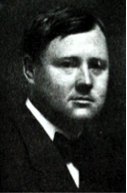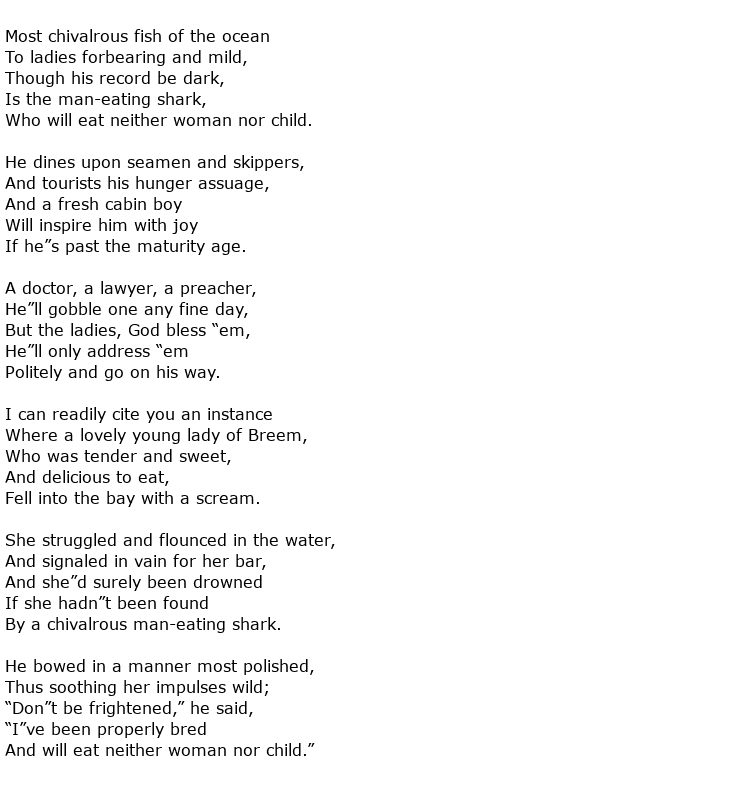 Wallace Irwin was an American poet and journalist. He also wrote novels, screen plays and the lyrics for a number of Broadway musicals. This multi-talented writer was also credited with taking the standard detective story into the realms of antiquity with his 1935 novel The Julius Caesar Murder Case.
Wallace Irwin was an American poet and journalist. He also wrote novels, screen plays and the lyrics for a number of Broadway musicals. This multi-talented writer was also credited with taking the standard detective story into the realms of antiquity with his 1935 novel The Julius Caesar Murder Case.
He was born on the 15th March 1875 in Oneida, New York but he spent his formative years in Colorado. Moving further west for his university education he studied at Stanford and he soon became the editor of two separate campus magazines. His habit of lampooning campus life got him into trouble though and it is believed that he was expelled from Stanford because he went a little too far.
Irwin decamped to San Francisco next and found a job in journalism, working initially on the Examiner. His ambitions lay more in writing poetry and novels though and he was encouraged by the literary renaissance going on in the Bay area in the 1890s. He was given impetus by the support of fellow writer and critic Frank Gelett Burgess and a number of titles were soon published, including The Love Sonnets of a Hoodlum in1901 and Nautical Lays of a Landsman three years later. Other collections of poetry followed and, between the years 1913-35 at least 14 of his short stories and novels were adapted for the big screen.
He was certainly adept at not taking himself seriously and some of his humorous poetry could be enjoyed by both young and old. A good example was the poem The Rhyme Of The Chivalrous Shark and it is reproduced here:

Conversely though he was more than capable of producing serious work and, because his humorous material was so successful, he could afford to indulge himself in work containing distinct political and social themes. Much of this is pretty much forgotten though and some critics in recent years have suggested that it could be placed in the category of “pre-World War II racism”. He often wrote using different pseudonyms and even pretended to be a Japanese schoolboy in one series of “letters” that were published in Colliers magazine in 1907. He pretty much lampooned the Japanese race in many of these articles and even had his picture published wearing yellow face make-up alongside one called Yellow Peril.
Irwin’s invention, the Japanese character named Togo, earned him much praise from his contemporaries, including Mark Twain. He described Togo as

and the New York Globe newspaper went even further, calling it

The author, thus encouraged, produced a further three more books containing this character and Hollywood adapted the stories for a comic silent movie called Hashimura Togo which was released in 1917.
One must remember though that the popularity of such a caricature owed much to the fact that the Japanese had beaten the Russians in the Russo-Japanese war between 1904-05 but their kindly thoughts towards the land of the rising sun shifted the other way after the First World War. Many saw a potential mass influx of Japanese people coming into the United States as a threat and Irwin wrote a new book called Seed of the Sun which suggested a

Wallace Irwin’s long life ended when he died in North Carolina on the 14th February 1959, aged 83.

